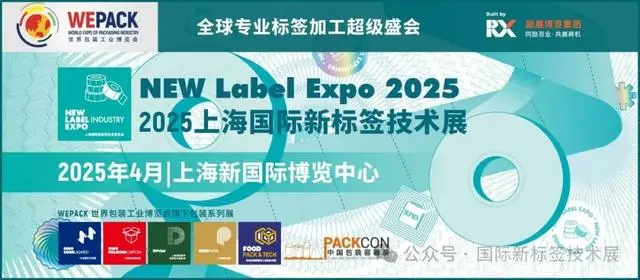

Smithers recently released a report on the development of label printing trends. The report shows that the total value of the global market will reach US$44.8 billion in 2024, and predicts a compound annual growth rate of 3.8% by 2029. The report points out that sustainability and digital printing innovation will drive further growth in sales of printed sleeves and packaging labels. At the beginning of this century and in 2023, the demand for labels in the CPG industry fluctuated due to the impact of the new crown epidemic as converters exhausted the inventory established as an emergency measure.
As the market stabilizes, Smithers predicts that by 2029, the market value of the industry will reach US$54.1 billion at constant prices, with a compound annual growth rate of 3.8%. During the same period, the number of printed labels will increase from 1.34 trillion A4 printing equivalents to 1.66 trillion, with a compound annual growth rate of 4.4%.
Flexo printing is still the main process for most long-run label jobs, while sheet-fed offset printing and gravure printing can achieve higher quality. Although digital processes are well established in the narrow web sector, production still accounts for only a small fraction of total contemporary production. Digital printing is well suited to meet the demands of several emerging markets for shorter print runs, faster turnarounds, label versioning, and brand owner SKU diversification. This has resulted in a significant increase in digital printing’s market share to 21.6% in 2024.
Traditional narrow web OEMs are facing the threat of digital printing by improving processes through increased automation, including faster job setup and plate changes, and increased use of fixed palette printing.
The report states that by the end of the decade, digital printing will outpace analog printing in growth. Although narrow web printing on digital equipment is still slower than high-throughput flexographic lines, it will become increasingly competitive given streamlined workflows and job management. The emergence of more hybrid machines will increase the versatility of print service providers. With this evolution, inkjet will replace toner as the preferred digital printing method for labels.
Smithers’ research tracks five label types, with the fastest growth in pressure sensitive and sleeves, while wet glue and in-mold labels will see more modest demand. Print volumes for multi-part tracking labels will continue to decline rapidly over the next decade. Shrink sleeves and pressure-sensitive labels benefit from packaging sustainability requirements, which include the use of lighter polymer feedstocks, label films containing post-consumer recycled content, and technologies that more easily separate from the substrate during recycling.
This will occur in parallel with moves to increase the marketing value of labels through new printing and decoration technologies, greater interactivity, and security markings, Smithers noted. Label production is also responding to the use of more advanced artificial intelligence (AI) software in label design and layout, and to improving uptime through enhanced quality control and inspection capabilities on printing presses.
Beverages and food are the largest end-use sectors for printed labels, with a combined market share of 64.9% in 2024. Both end-use sectors are seeing healthy growth, benefiting from new regulations requiring more data on labels regarding ingredients, allergens, nutritional data, and recyclability. For medical device and pharmaceutical packaging, labels need to carry unique product identifiers and 2D Data Matrix codes to enable supply chain traceability and prevent counterfeiting, which adds additional complexity.